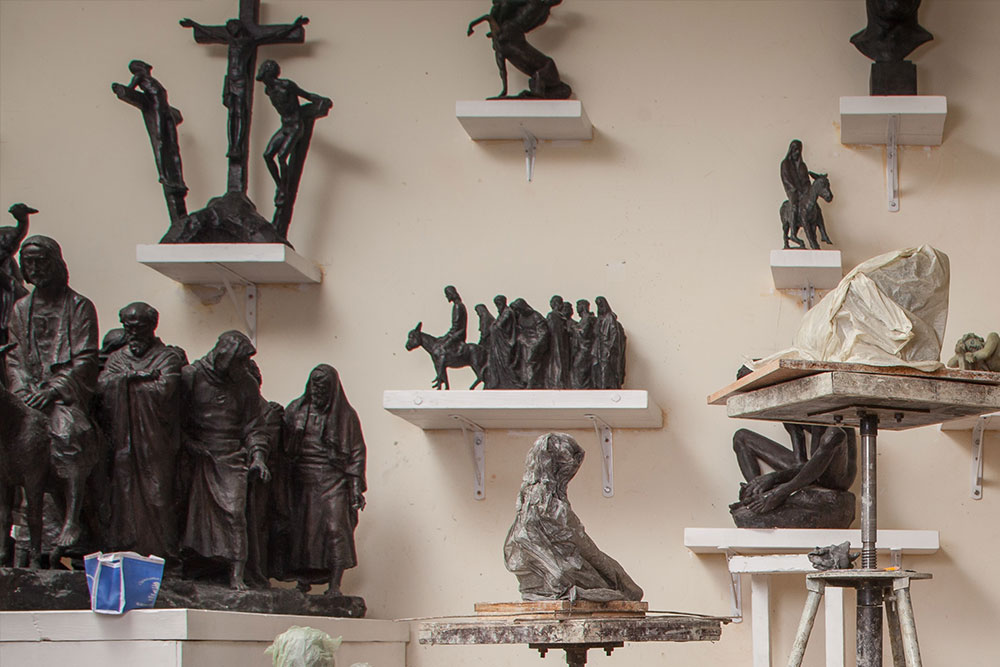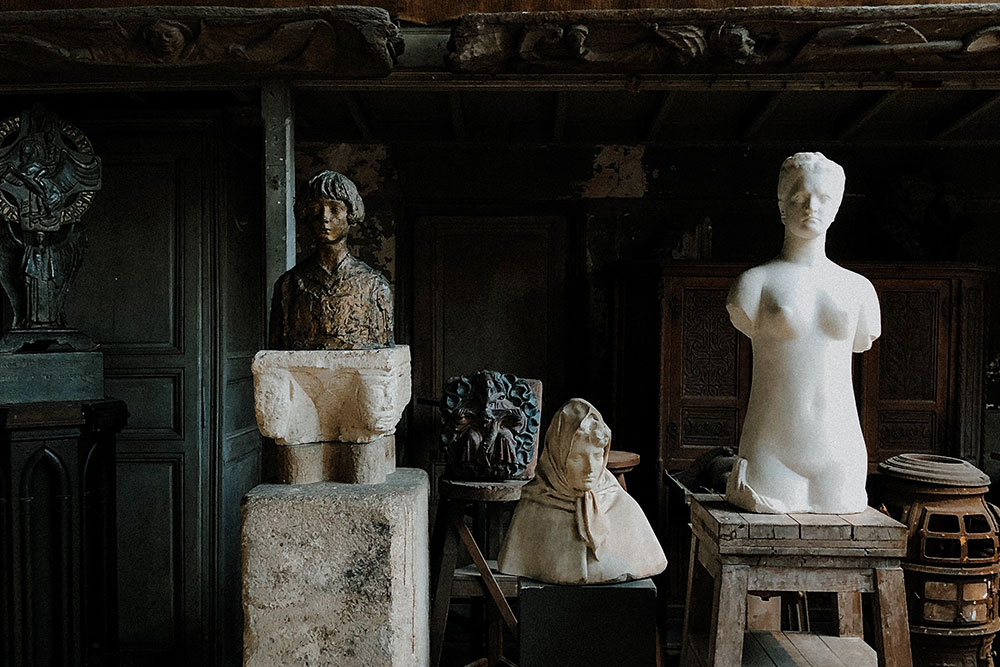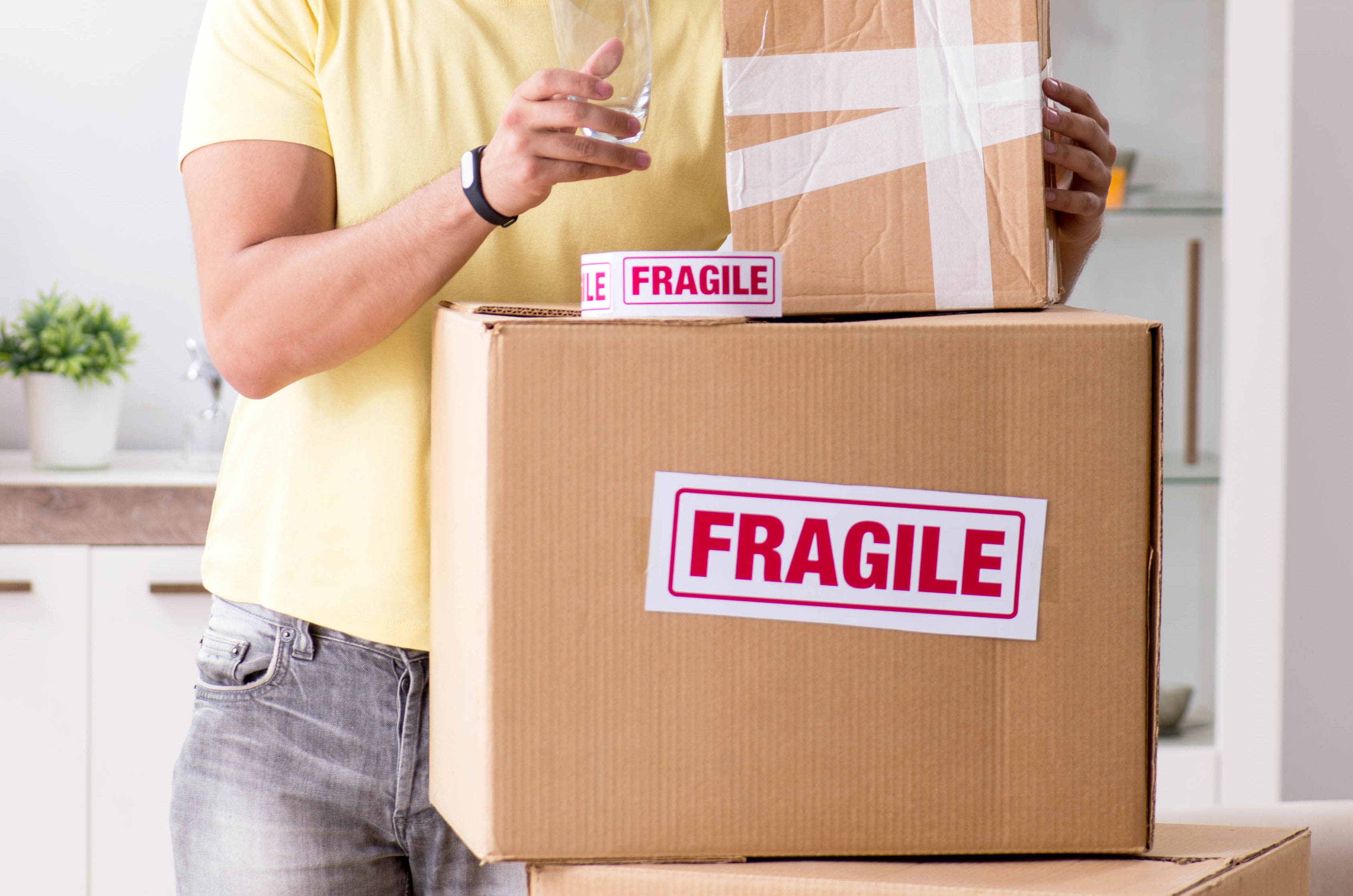How to Move Your Art Gallery?
It is well known that most galleries hold very fragile artwork. That requires special care and attention during the moving process. Photographs, paintings, sculptures, and other gallery items usually have high cultural and, of course, monetary value. That means they’re not easy to replace or repair if damaged during transport occurs. Some paintings can even cost up to a couple of thousand dollars, if not thousands of dollars. The actual worth of the artwork depends on several factors, including contextual conditions, cultural background, technique, age, and even historical significance. So, you can see that replacement for some pieces isn’t an option. If you are planning on moving your gallery, it is important to take very special care of the items. There are numerous things that can go wrong, especially with very fragile and delicate pieces. Even though moving might seem like a simple task, it’s often compared to one of the most stressful events you’ll experience during your lifetime. So, if you want to address the matter in the best possible way, check out our guide on how to move your art gallery in the article below.

Photographs and Paintings
Packing should definitely represent the first step of the process. First things first, consider whether the photo/painting has a front glass cover as it will make the packing process easier and safer. If you have it, we advise covering it in bubble or paper wrap. Then, putting a very thick cardboard cover on the mentioned glass before you actually wrap it up in paper or bubble wrap when talking about paintings framed in glass. This will somewhat represent a protective layer that strongly ensures the safety of photographs and paintings covered with glass. Also, start wrapping up your images in various paper pads so you can add more layers making the transport of the items safer.

The most common mistake to avoid when moving fine art is not taking care of the corners of the package. You can easily ensure by covering them with additional paper wrap ensuring padding. Another brilliant tip regarding the subject is to use a couple of layers of bubble wrap or paper and place it at the bottom of the package in order to truly optimize the package’s safety.
Installations and Sculptures
Packing sculptures can be more than tricky, which is why you should follow our advice on the matter very thoroughly. We advise disassembling them while very carefully packing each piece to ensure its safety. However, if your parts/sculptures are too large to wrap up and fit in the cardboard box, we recommend using a crate. Many installation parts and sculptures usually have points and angles that are not likely to fit into a standard-sized and dimension box. Additionally, some are more than delicate, meaning that their fragileness can cause further issues. So, because of all the mentioned reasons packing those pieces in a crate is probably the safest way to preserve them.

3D Art and Shadow Boxes
For those of you that own a contemporary art gallery, you might have non-standard artwork like 3D art. That represents unconventional art pieces that can be even more delicate and fragile than a traditional sculpture or a painting. So, it’s natural you’ll be concerned about moving them. The best way to take care of these art pieces is to wrap them in bubble wrap and pack them vertically instead of flat. If you want, you can add some extra padding around any wall art with extra paper or bubble wrap. Don’t forget to label your boxes as fragile or even very fragile. That way the movers know on which side to carry them for maximum protection.
Moving Your Art Gallery: Extra Caution
It is always important to take extra precautions, especially when dealing with extra fragile art pieces. While packing your art, make sure to make the needed marks on them. So, grab a piece of tape and create an “X” on the wrapping that properly covers your piece, which will allow you to see which paintings are at the highest risk of being damaged as well as prevent the glass panel from breaking.
Artwork like sculptures should be treated with extra precaution. So, fully wrap the object in paper wrap, which several layers of bubble wrap should follow. If you don’t have bubble wrap, use paper wrap. Logically, the more paper and bubble wrap you use, the safety will be higher. Again, make sure to label all the fragile boxes and obtain all the packing materials before you start packing.

Boxes
The most important packing materials you should obtain are bubble wrap, towels, cloths, packing paper, stretch foil, scalpel, scissors, high-quality tape, etc. However, one of the most, if not the most important items you’ll need to acquire is moving boxes, and you’ll need boxes of all sizes. If you want to provide extra caution, you will most likely box your framed art, meaning you should pack your items in a way that ensures maximum safety. We advise packing in smaller boxes and then placing the packed items in a bigger box. Although it might sound ridiculous, this is one of the best ways to ensure safety and protection.
Now, when it comes to the transport of your art gallery, there are two ways how the moving process can occur. You can hire professional movers or opt for a DIY move. However, we advise hiring a professional moving company that has enough experience on the matter since artwork usually isn’t replaceable if damaged.
Hire Professionals
If you decide to hire professionals, it is important to explore all available options before deciding on the best one. Moving your art gallery isn’t a simple process meaning you should only work with certified moving companies that have experience on the subject. That’s why you need fine art movers. Make sure to check out user reviews and carefully examine the work ethic of the desired moving service. We hope our article helped and best of luck with moving your art gallery.
